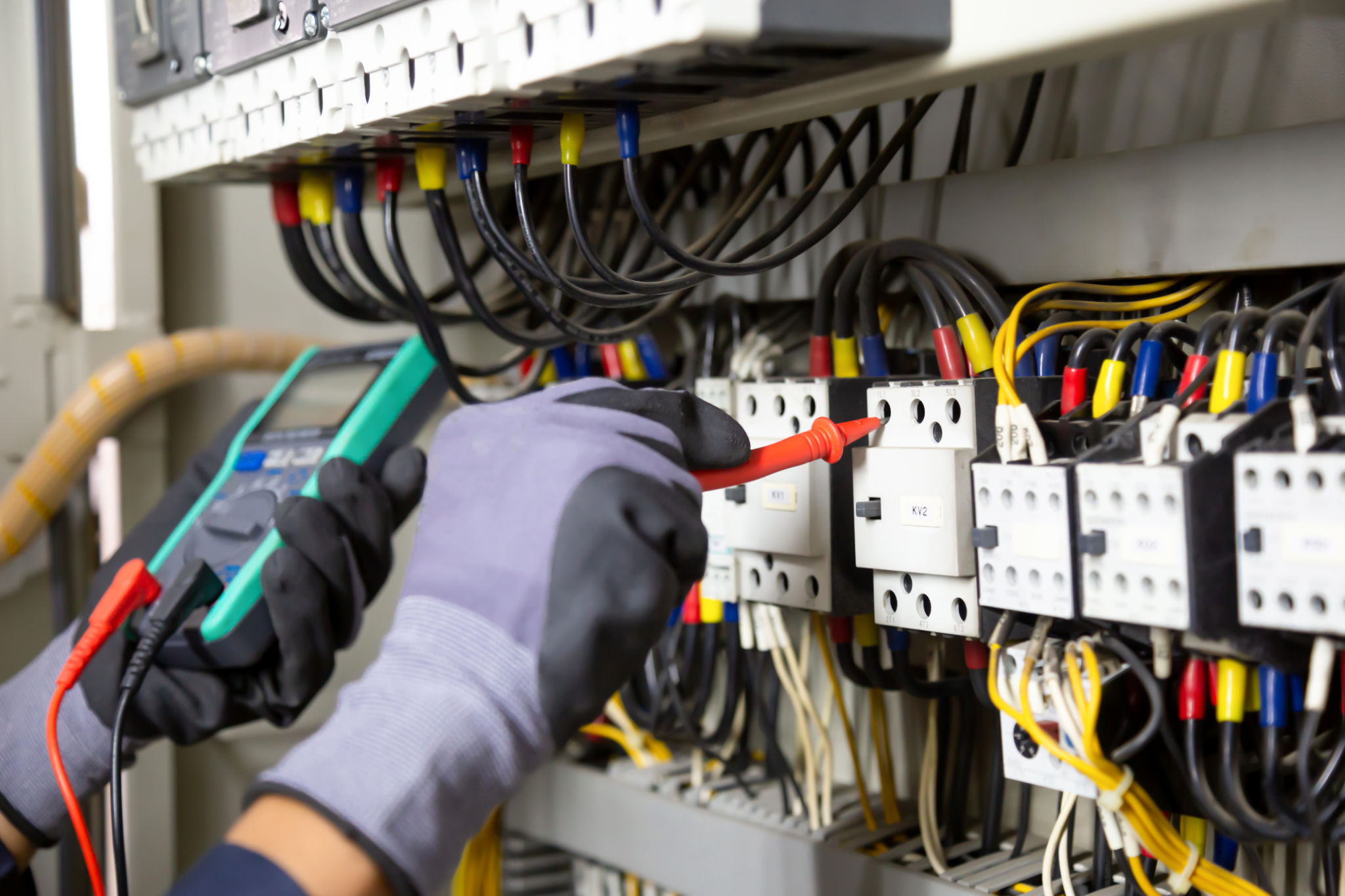How to Maintain Your Equipment: Essential Spare Parts Replacement Tips
Understanding the Importance of Spare Parts Replacement
Maintaining equipment is crucial for ensuring longevity and optimal performance. One of the key aspects of equipment maintenance is timely spare parts replacement. Not only does this prevent unexpected breakdowns, but it also enhances efficiency and safety. Understanding the importance of spare parts replacement can save you time and money in the long run.
Regular maintenance and part replacement can extend the life of your equipment significantly. However, knowing which parts to replace and when can be challenging for many. This guide aims to simplify the process with essential tips for effective spare parts management.

Identifying Critical Spare Parts
Not all parts are created equal, and some are more vital to the operation of your equipment than others. Identifying critical spare parts is the first step in setting up an effective maintenance schedule. These are components that, if failed, could halt operations or cause significant damage.
To identify critical parts, consider factors such as usage frequency, failure history, and the impact on operations if a part fails. Keeping a well-documented record of these components will aid in timely replacements and reduce downtime.
Maintaining an Inventory
Having an inventory of essential spare parts is crucial for quick replacements. An organized and updated inventory ensures that you have the necessary parts readily available when needed. This reduces waiting times for replacements and minimizes disruption to operations.

Implementing an inventory management system can further streamline this process. Such systems track stock levels, alert you when supplies are low, and even predict future needs based on usage patterns.
Scheduling Regular Inspections
Regular inspections are vital for identifying wear and tear or potential issues before they lead to equipment failure. Establish a routine inspection schedule that aligns with manufacturer recommendations and your operational needs. During inspections, assess the condition of critical parts and replace them if necessary.
Inspections not only help in identifying issues but also offer insights into how your equipment is performing overall. Use these insights to adjust maintenance schedules and improve equipment efficiency.

Utilizing Manufacturer Guidelines
Manufacturer guidelines provide valuable information regarding maintenance schedules and spare parts replacement. Adhering to these guidelines ensures that you are maintaining your equipment according to industry standards.
These guidelines often include recommended intervals for part replacements, which can be invaluable in planning your maintenance activities. Always refer to these documents when setting up your maintenance schedule.
Training Your Maintenance Team
Your maintenance team plays a crucial role in ensuring the longevity of your equipment. Equip them with the necessary skills and knowledge through regular training sessions. Keeping them informed about the latest maintenance techniques and technologies will enhance their ability to perform effective spare parts replacement.
Encourage open communication within the team to share insights and experiences. This collaborative approach often leads to innovative solutions and improved maintenance practices.

Embracing Technological Advancements
Technology is rapidly advancing, offering new tools and techniques for equipment maintenance. Embrace these advancements to improve your spare parts management strategies. Technologies such as predictive maintenance tools use data analytics to forecast when a part might fail, allowing for proactive replacements.
By staying updated with technological trends, you can enhance your maintenance processes, reduce costs, and ensure your equipment operates at peak efficiency.
